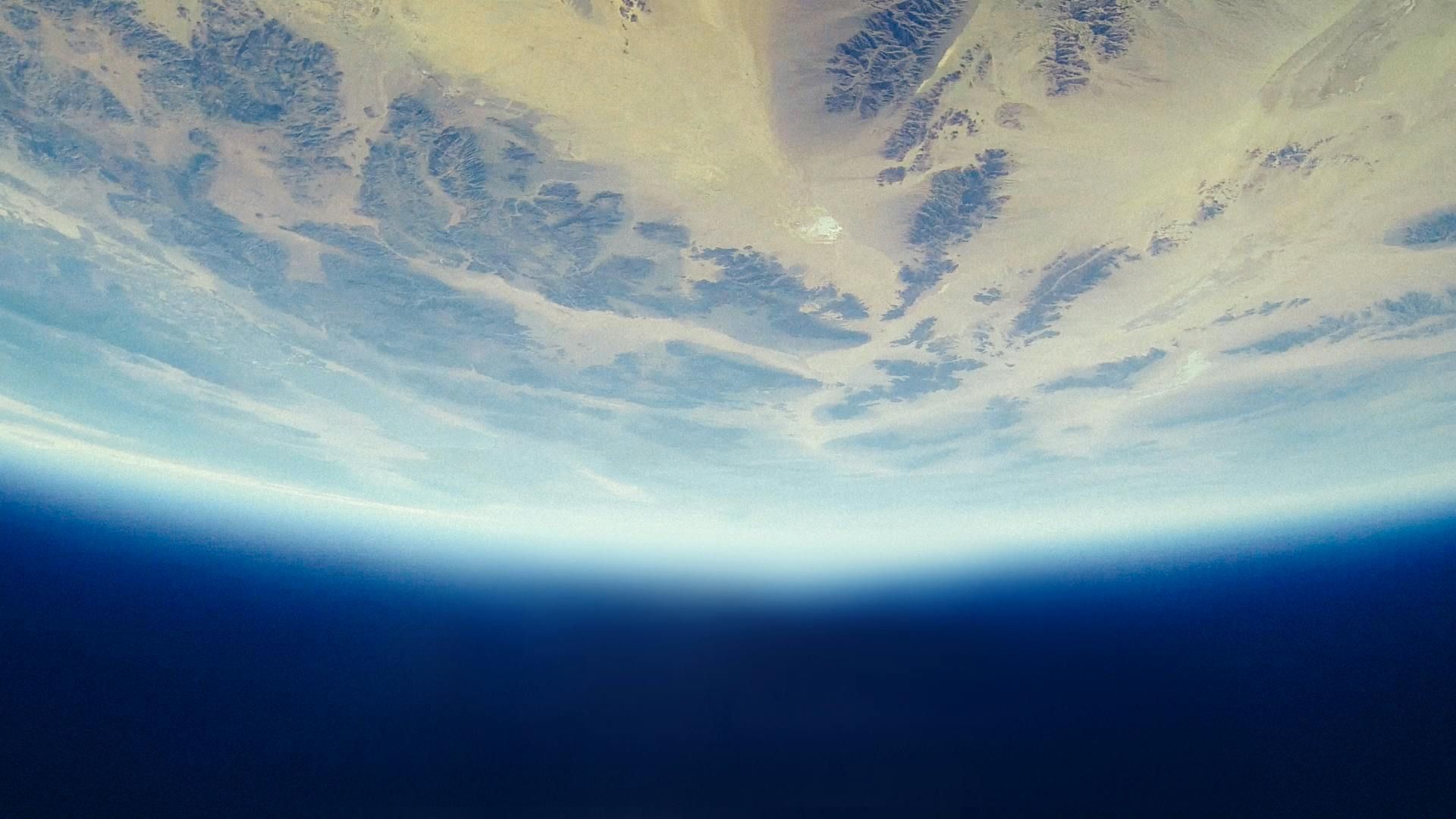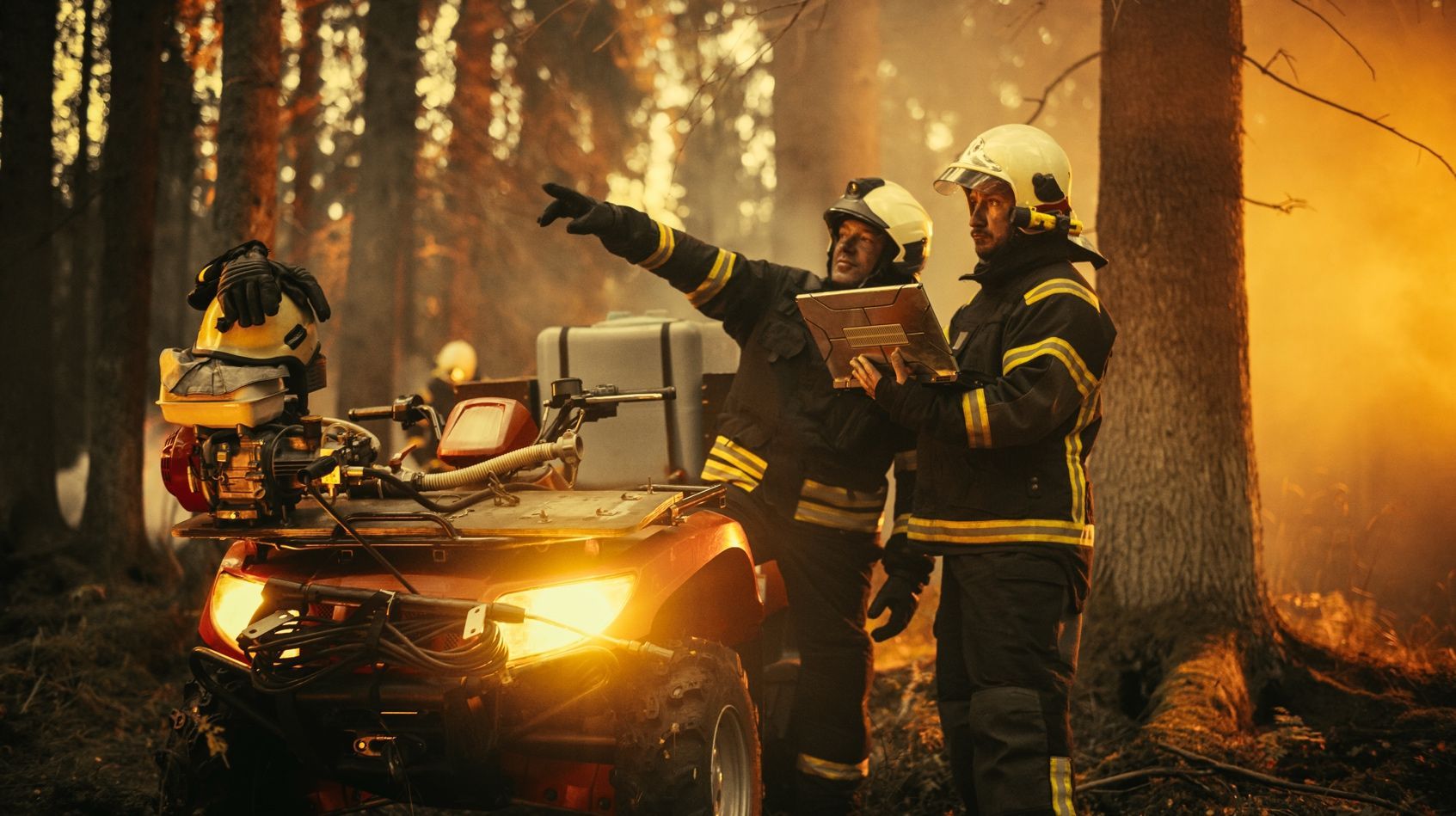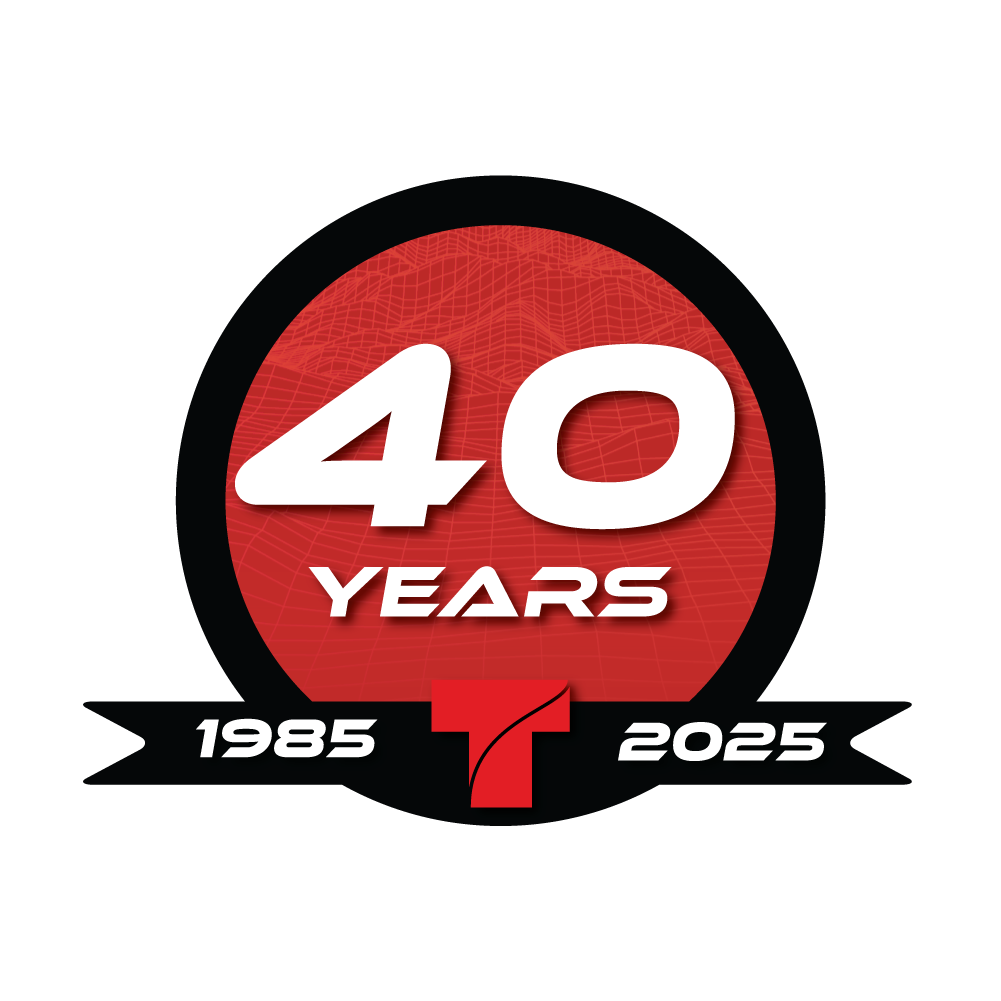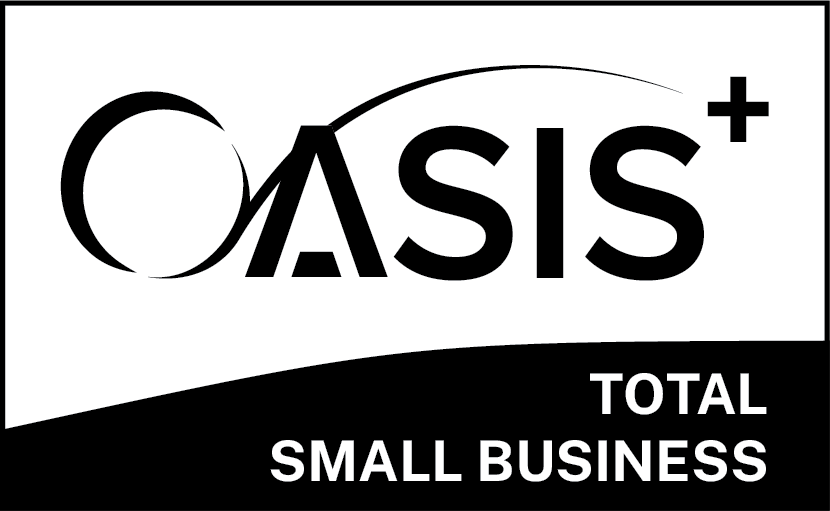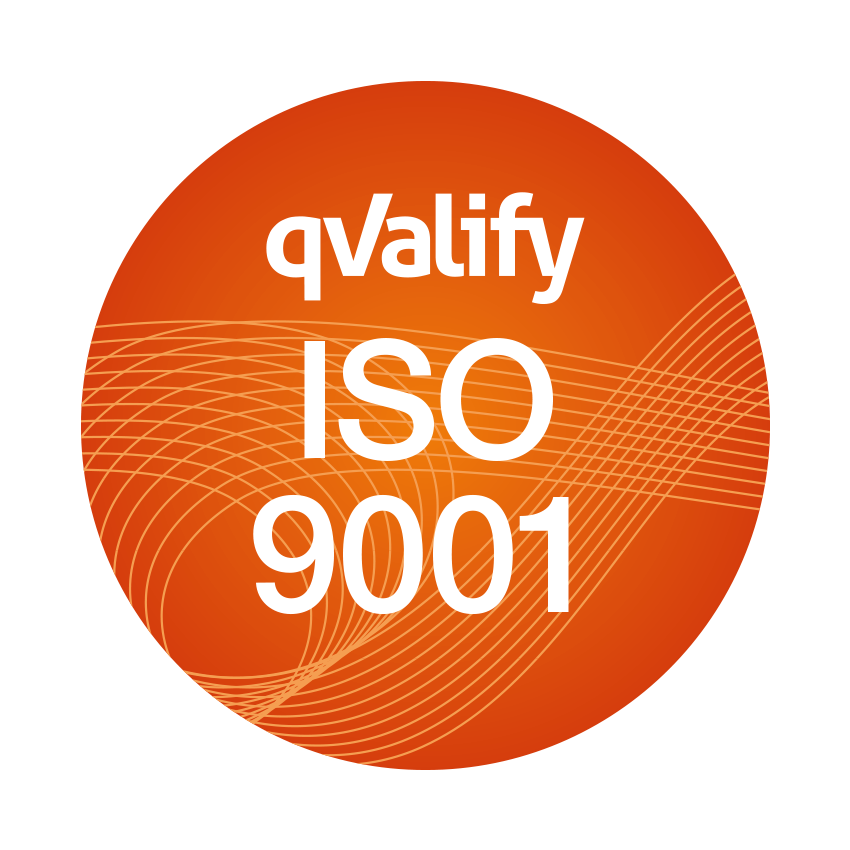Women In GEOINT: Mary Sears
Men have far outnumbered women in the GEOINT and geospatial fields, but several notable women have contributed milestone contributions to the industry. Closing the gender gap in this and other STEM-related industries means showcasing those prolific women and exposing new audiences to their role in making geospatial tech what it is today. One of the most notable and recognizable women trailblazers in geospatial history is Mary Spears.
Mary was born in 1905 and raised in Massachusetts. As a child, she collected plants and animals to study them in her home terrarium, with turtles reportedly being her favorite. She attended Radcliffe College and received her doctoral degree in zoology. While in school for her many degrees, Mary worked closely with Dr. Henry Bigelow – the first director of Woods Hole Oceanographic Institution (WHOIS).
After graduating in 1932, Mary spent over a decade teaching and tutoring at Harvard University and Radcliffe and Wellesley colleges until 1943, when she felt the call to serve during World War II. She left her position as an oceanographic research assistant to become a Navy lieutenant in the Women Accepted for Volunteer Emergency Service, or WAVES. While in the Navy, Mary’s work heading up the Oceanographic Unit (OU) supported submarines in the military. Her research helped them identify shifting water temperatures that affect performance and visibility to the enemy.
Her work was a crucial part of several missions:
“The OU’s data supported as well the underwater offensive that crippled Japanese warships and its merchant fleet. Submerged submarines run in a dark, silent column of water; analyzing this complex mix of currents, salinity, and density aided navigation and, most important, evasion of the enemy. In the Battle of the Philippine Sea, American subs sank Japan’s two most advanced aircraft carriers, a rout that led to the seizure of Saipan’s airfields, enabling daily B-52 bombing of Japan itself. Operation Olympus, the projected invasion of Japan, was Sears’s last major assignment. Later she spoke openly of other actions, but never mentioned that horrendous option nor the alternative that foreclosed it.”
After the war, Mary spent a year in Copenhagen before returning to Woods Hole, where she headed the unit and retired as a Commander in the Naval Reserve in 1963. She continued her work at Woods Hole, and although she retired from working altogether in 1970, she continued working with WHOIS as a researcher. Mary’s work was widely recognized:
“She was named an Honorary Trustee and Honorary Member in 1976 On the occasion of her 80th birthday in 1985, Deep-Sea Research dedicated an issue to Mary Sears, noting that she “has probably played a greater role in the advancement of oceanographic studies than any other woman.” As a member of nine scientific and honorary societies and long-time member of the governing board of WHOI, she was very influential in the development of WHOI, provided leadership across many oceanographic disciplines, and was an important mentor to generations of young scientists.”
During a time when many women faced limited career options and in an industry dominated by men, Mary Spears and her work helped pioneer oceanography and geospatial and GEOINT innovations. Heralding women like Mary and sharing her story also helps to motivate women in geospatial who are looking to take the next step in their careers, something our team can help with.



